The Metaverse: Terms You Should Know to Get Started
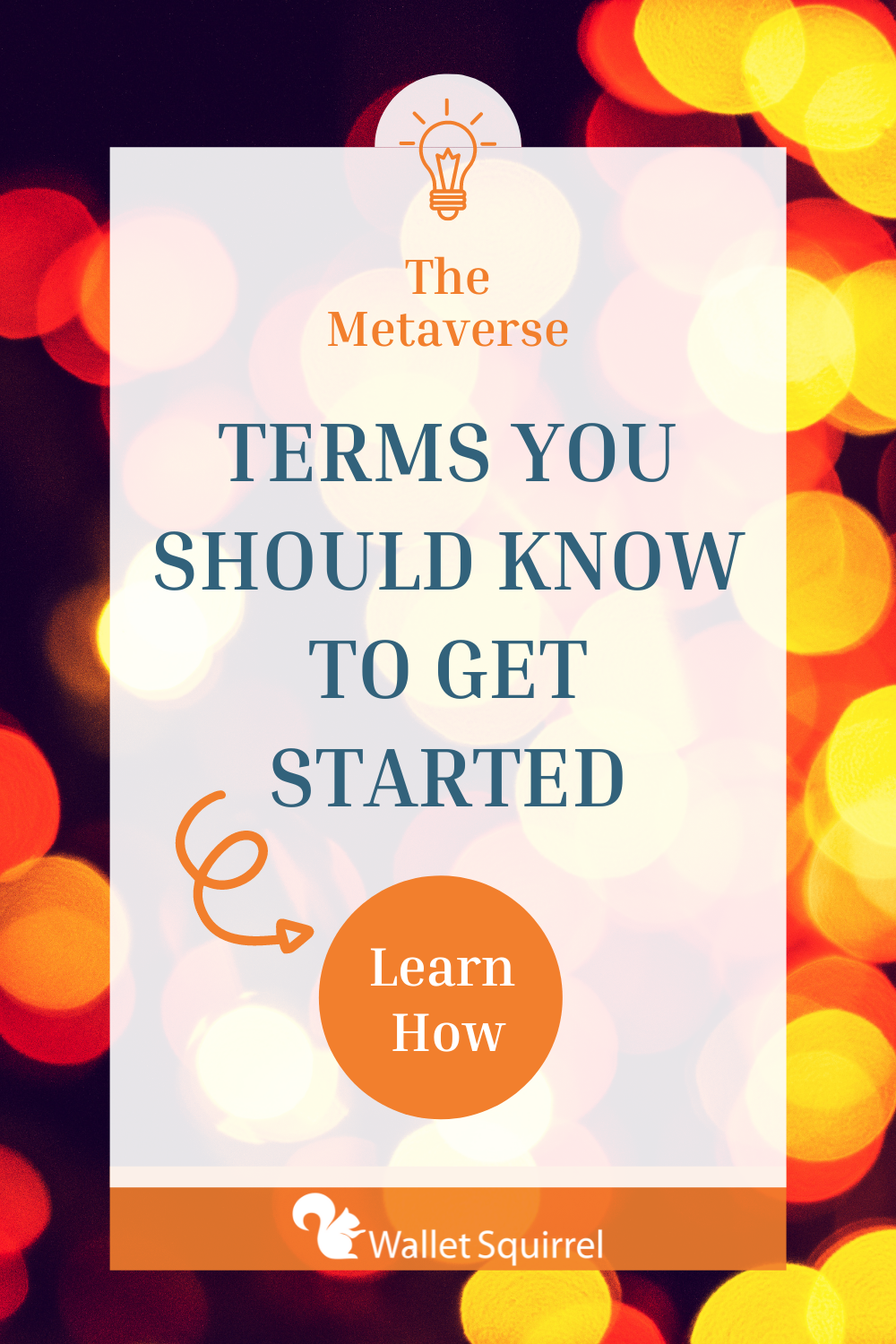
My goal with this dictionary is to create an easy reference of various metaverse terms to help make our journey a lot easier. Some of the terms are more simple than others. I wanted to create a very robust dictionary that is meant for everybody ranging from the earliest newbie to the more experienced.
Last thing, as I continue my exploration in the metaverse and stumble upon new terms, I will be adding them here. This list is not static. It will continue to grow. Be sure to bookmark this article so you can use it too!
Did I forget a term? Let me know in the comments below!
Metaverse Terms You Should Know
Augmented Reality – Also known as AR is a digital interactive experience within the real world. Typically this is used to enhance the user’s experience within a game or application. Think of Pokemon Go.
Blockchain – Blockchain is a decentralized ledger that is often stored in blocks that are chained together. Bitcoin and Decentraland are all built using blockchain.
Blockchain Gaming – The games have aspects within them that use the decentralized blockchain. These aspects typically revolve around cryptocurrency or non-fungible tokens. Think Axie Infinity or Sandbox.
Cryptocurrency – A decentralized digital currency that is built using blockchain. Prime cryptocurrency examples are Bitcoin or Etherium.
DAG Technology – To put it simply, Directed Acyclic Graph technology is kind of a competitor to Blockchain. Instead of using and stringing together a series of blocks, DAG does not use blocks. It is a network of individual transactions linked to multiple other transactions which don’t need to be chained together with blocks. This allows for cheaper, more efficient, and quicker transactions.
Decentralized Autonomous Organization – Also known as DOA, is a form of investor-directed venture capital fund. DAO was launched back in 2016 after a crowdfunding event. It set out to provide a new decentralized business model for organizing various enterprises. (Wikipedia).
Gas Fees – This is the fee that it takes to complete a transaction on the blockchain. These fees are in place because cryptocurrency miners are required to complete transactions by solving complex mathematical problems. The first miner to solve the problem is paid for the use of their resources. This is paid by the gas fee.
Hashgraph – Considered as a competitor to the blockchain, Hashgraph is a distributed ledger technology. Hashgraph is patented so it is not open to use like blockchain. Hashgraph is a more advanced technology compared to blockchain because it is more efficient.
Internet of Value – A concept that is said to be brought forward by Ripple where value moves and is exchanged freely like information is in the current internet.
Layer-2 – Layer-2 references a technology or network that sits on top of a blockchain protocol. This is usually done to improve efficiencies and scalability. One example is The Lightning Network.
Non-Fungible Token – Also known as an NFT is a unique digital item. There are endless possibilities of what an NFT can be. The key aspect of what defines an NFT is they need to be unique, non-fungible. They also need to use a token to verify its uniqueness by using blockchain, DAG, Hashgraph, etc. Some examples include a JPEG of a fish, a piece of clothing in Sandbox, a Satellite in a virtual space game, or even a plot of land.
You can read more about NFT’s in our What The Heck Are NFTs article.
Meatspace – The real world, planet Earth, that we physically live in/on.
Mint – The release of a new NFT out into the market is referred as minted. Think of when a new album would drop in stores.
Rug Pull – When a creator of an NFT simply vanishes off the web. They take all of the resources with them and you lose everything.
Security Tokens – Security Tokens are digital liquid contracts for fractions of assets that have value. Examples would be stocks, real estate, and even a car. This is an area that the meatspace meats the blockchain market because these contracts are preserved on the blockchain ledger.
Smart Contract – These are transactions or computer programs that are set to run on the blockchain when predetermined conditions are met. Smart Contracts help remove the middle man because they automate the execution of an agreement.
Staking/Yield Farming – Simply put, Staking/Yield Farming is when one party lends out cyptocurrency to another party in exchange for interest or other rewards.
Web 3.0 – The next generation of the internet. It is considered moving to the decentralized metaverse will be the next phase of the internet, Web 3.0.
Virtual Reality – Also known as VR, is a simulation that immerses the user into the surroundings of the program they are running. Typically the user will wear a headset such as an Oculus for this immersion.
Other Metaverse Term resources
There is so much in the metaverse that revolves around the blockchain and other similar technologies. If you are hungry for more information, I recommend taking a look at these resources to continue your research. Happy reading!
If you are looking for other ways to earn more money each month but the Metaverse does not seem like your cup of tea, then I recommend hopping over to our Ways to Make Money page. Here at Wallet Squirrel, we are all about finding new ways to make money each month to get us to financial freedom. We have compiled a massive list of other ways for you to earn more money.
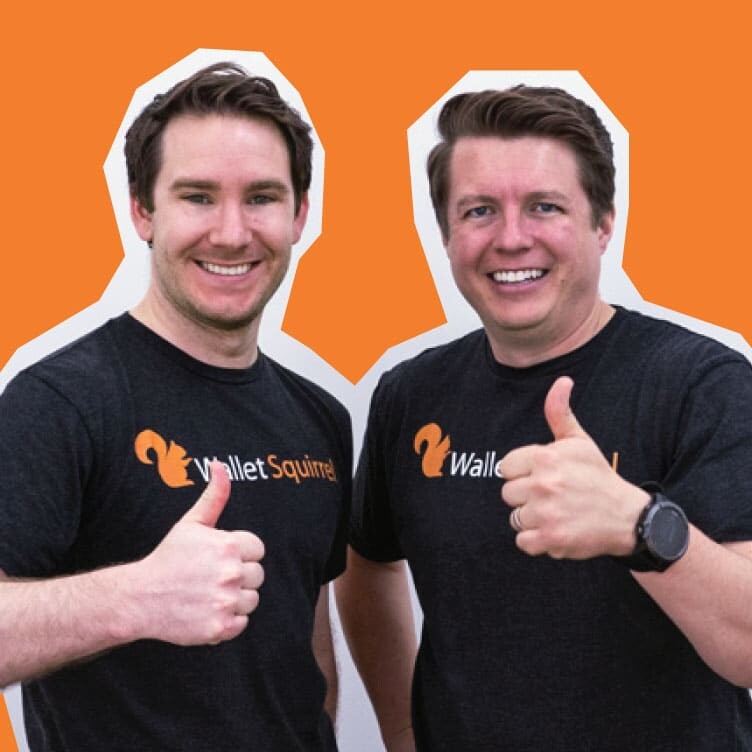
Wallet Squirrel is a personal finance blog by best friends Andrew & Adam on how money works, building side-hustles, and the benefits of cleverly investing the profits. Featured on MSN Money, AOL Finance, and more!

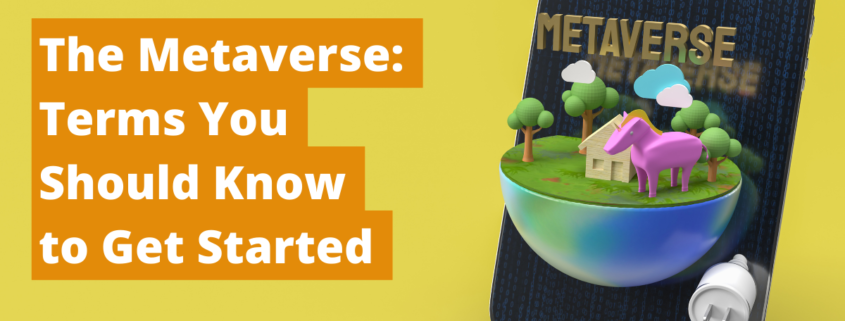
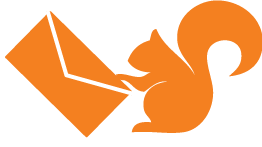

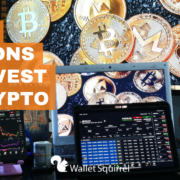
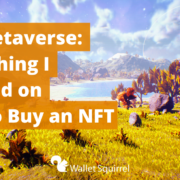
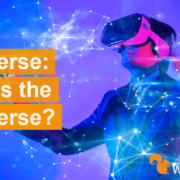
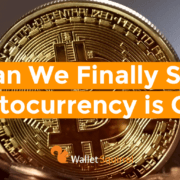
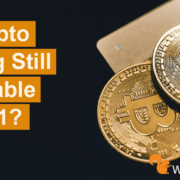


Leave a Reply
Want to join the discussion?Feel free to contribute!